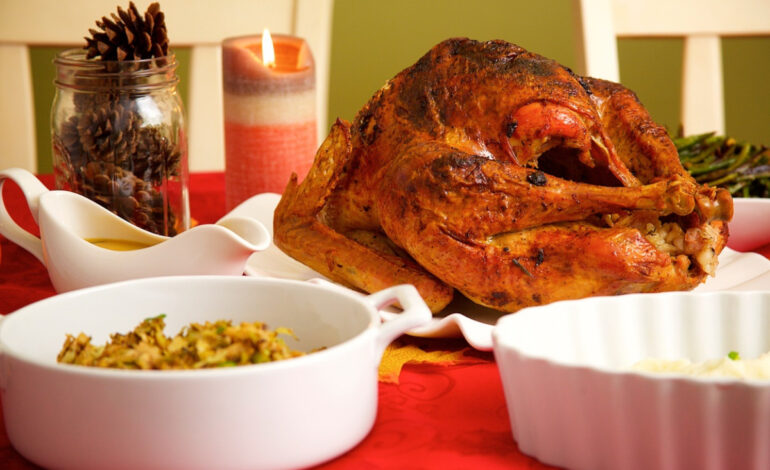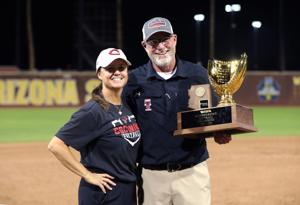Mainers’ Thanksgiving Menus: A Century of Culinary Change

Thanksgiving in Maine has evolved significantly over the past century, revealing a rich tapestry of traditions and culinary choices. A recent exploration by archivist Jefferson Navicky at the University of New England sheds light on how Mainers have celebrated this festive occasion, drawing insights from diaries penned by local women between the 1870s and the 1940s.
During a talk held at the Wilson Museum in Castine in November 2022, Navicky shared findings from these personal accounts, illustrating a diverse range of Thanksgiving experiences. He observed that the celebration was marked by various emotions and practices across different years. For example, one diary entry from 1871 describes a woman enjoying a small gathering, while another from 1904 highlights a somber day for a resident of Brooksville.
Notably, the food served at these Thanksgiving gatherings also deviated from the typical turkey-centered menus that dominate modern American tables. Navicky plans to showcase a variety of historical menus from the diaries, including one from 1943, written by Waterville resident Eva Twist. Her menu included baked chicken with dressing and gravy, paired with mashed squash, turnips, and an array of desserts such as chocolate cake with orange icing and sugar cookies.
The popularity of chicken over turkey in Maine reflects regional food availability and preferences. As Lisa Simpson Lutts, director of the Castine Historical Society, noted, turkey was not always a staple for Thanksgiving. This sentiment is echoed by Mary Ellingwood Andrews, who reminisced in a 2019 article about her own Thanksgiving feasts in the 1940s, which prominently featured chicken and homemade pies.
Pie is a significant component of New England Thanksgiving traditions, emphasized in various diary accounts. The 1919 menu of Sarah Stanley from Farmington included a turkey mince pie, a unique twist on the modern roast turkey. Stanley’s humorous entry also mentioned a guest named Charles, who accidentally broke his plate and cup during the festivities.
Navicky’s examination of these diaries highlights how personal reflections intertwine with historical events. The entries reveal not only culinary choices but also the essence of daily life in Maine, marked by comments on the weather and shared meals. As he aptly summarizes, “Everybody loves something to eat.”
This historical perspective on Thanksgiving in Maine underscores the region’s rich cultural heritage and the evolving nature of food traditions. By examining the past, Mainers can appreciate the diversity of their Thanksgiving meals while celebrating the common threads that unite them through time.






